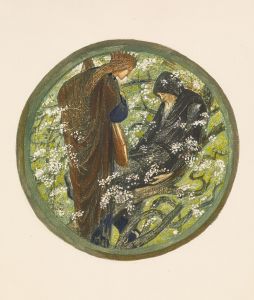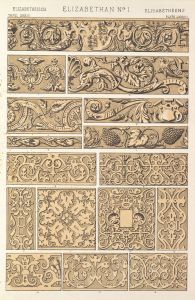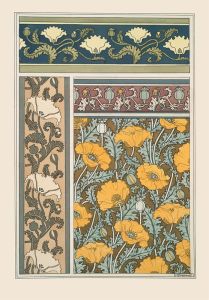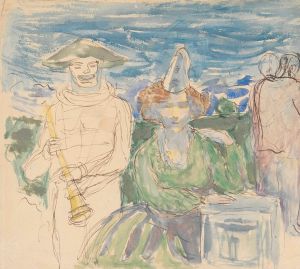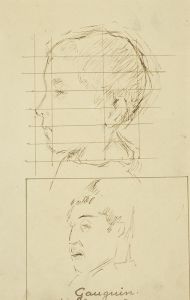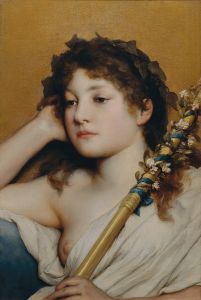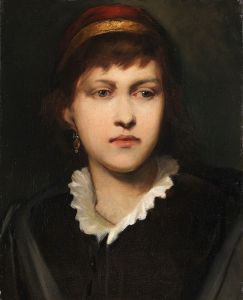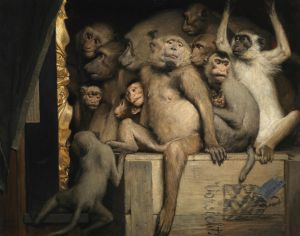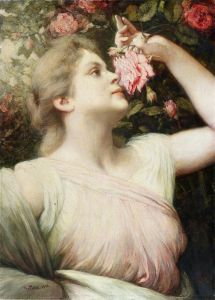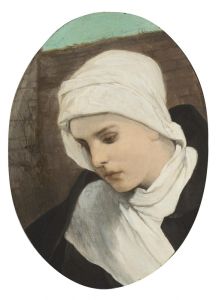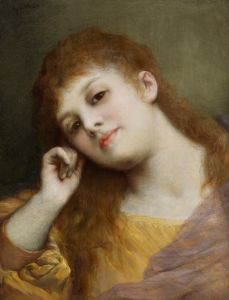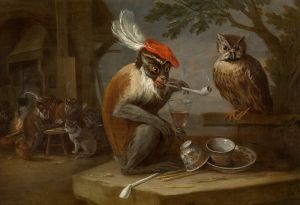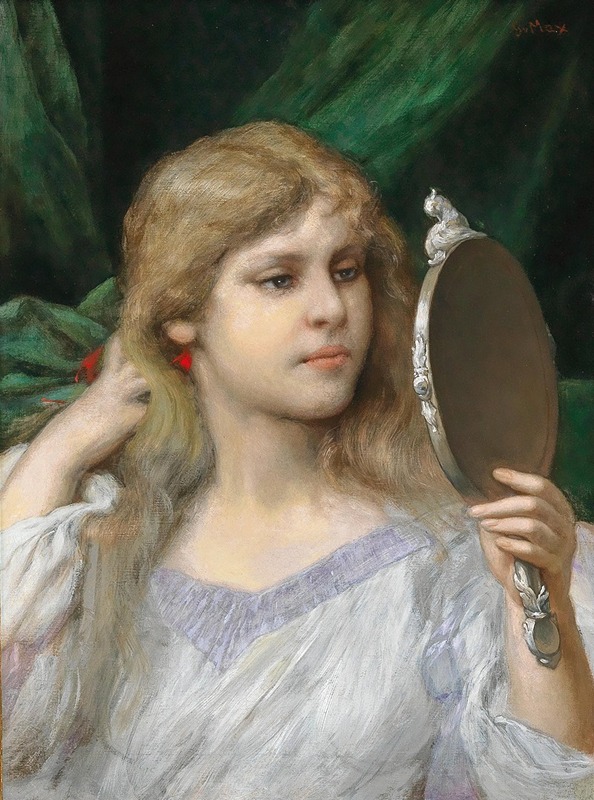
The Mirror
A hand-painted replica of Gabriel von Max’s masterpiece The Mirror, meticulously crafted by professional artists to capture the true essence of the original. Each piece is created with museum-quality canvas and rare mineral pigments, carefully painted by experienced artists with delicate brushstrokes and rich, layered colors to perfectly recreate the texture of the original artwork. Unlike machine-printed reproductions, this hand-painted version brings the painting to life, infused with the artist’s emotions and skill in every stroke. Whether for personal collection or home decoration, it instantly elevates the artistic atmosphere of any space.
Gabriel von Max was a notable 19th-century Austrian painter, renowned for his works that often explored themes of spirituality, mysticism, and the human condition. One of his intriguing paintings is "The Mirror," which exemplifies his unique artistic style and thematic interests.
"The Mirror" is a painting that reflects von Max's fascination with the psychological and philosophical aspects of human life. While specific details about the painting's creation, such as the exact year it was painted, are not widely documented, it is known that von Max was active during the latter half of the 19th century, a period when he produced many of his significant works.
Gabriel von Max was born in Prague in 1840 and later moved to Munich, where he became associated with the Munich School, a group of artists known for their realistic and detailed approach to painting. His works often featured a blend of realism and symbolism, and he was particularly interested in the intersection of science and the supernatural. This interest is evident in his numerous paintings that depict subjects such as séances, spiritualism, and the exploration of the human psyche.
"The Mirror" likely embodies von Max's interest in the introspective and reflective aspects of human nature. While specific interpretations of the painting can vary, mirrors in art are traditionally symbolic of self-examination, truth, and the duality of appearance versus reality. Von Max's use of such symbolism would align with his broader thematic concerns, as he often sought to delve beneath the surface of human experience to explore deeper truths.
Von Max's work was well-received during his lifetime, and he was recognized for his ability to convey complex ideas through his art. His paintings often featured a meticulous attention to detail and a rich, evocative use of color and light, which helped to create a compelling atmosphere that drew viewers into the psychological and emotional world of his subjects.
In addition to his artistic pursuits, Gabriel von Max was also interested in anthropology and the study of primates, which sometimes influenced his work. However, "The Mirror" is more closely aligned with his exploration of human themes rather than his scientific interests.
Today, Gabriel von Max's paintings, including "The Mirror," continue to be appreciated for their artistic merit and their ability to provoke thought and introspection. His work remains a testament to the rich artistic and intellectual currents of the 19th century, reflecting a time when artists were increasingly interested in exploring the complexities of the human mind and spirit.
While specific exhibitions or collections featuring "The Mirror" are not extensively documented, von Max's work is held in various museums and private collections, where it continues to be studied and admired by art enthusiasts and scholars alike.





